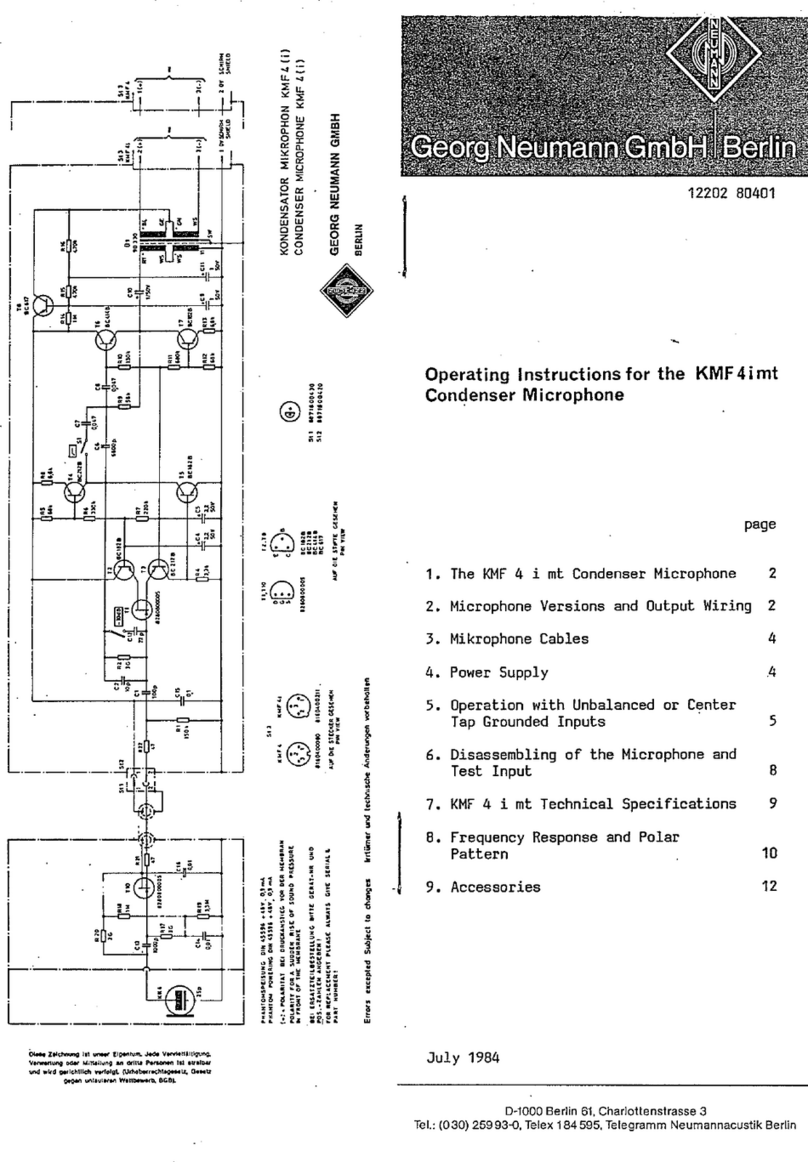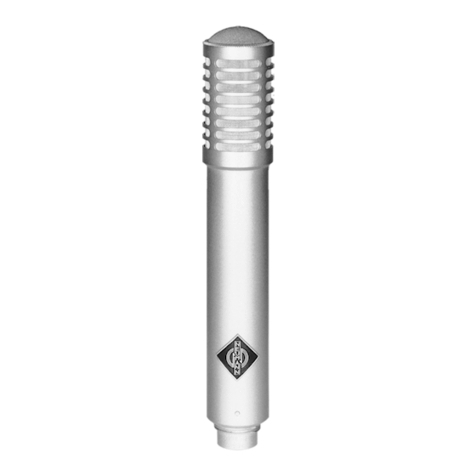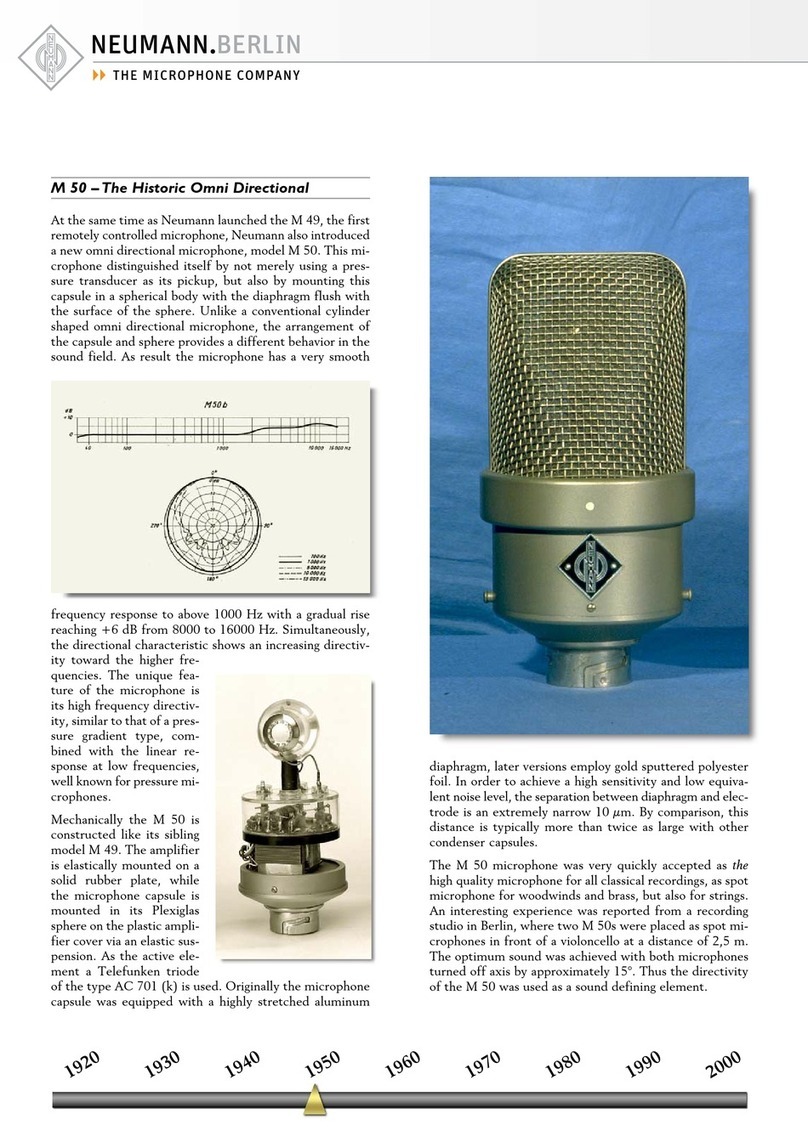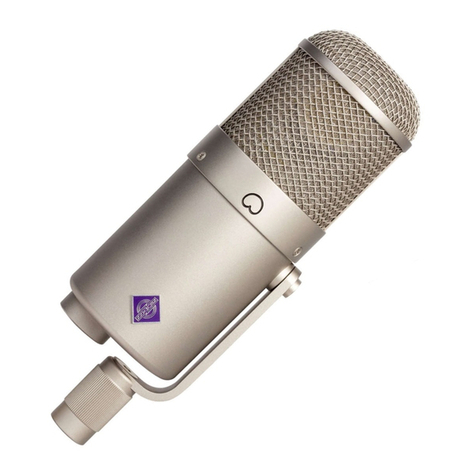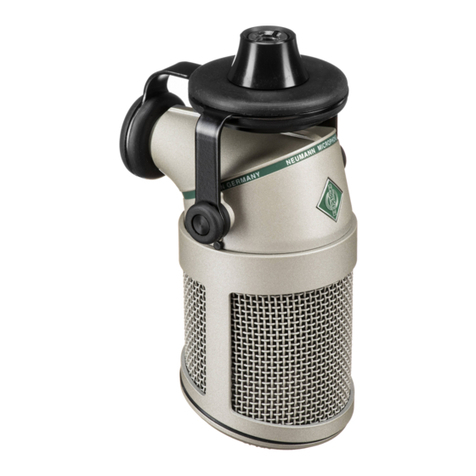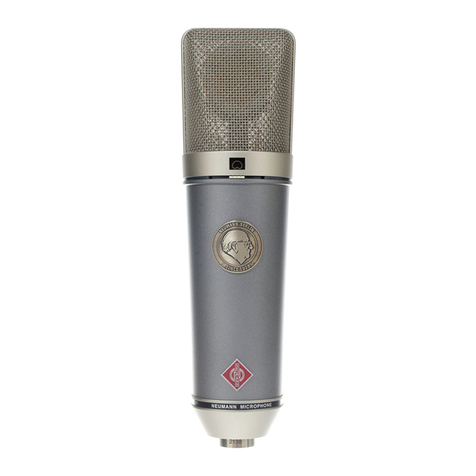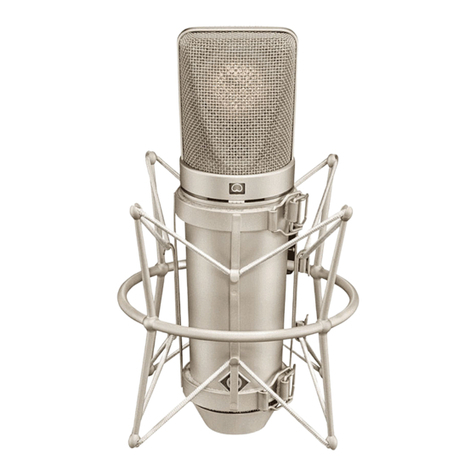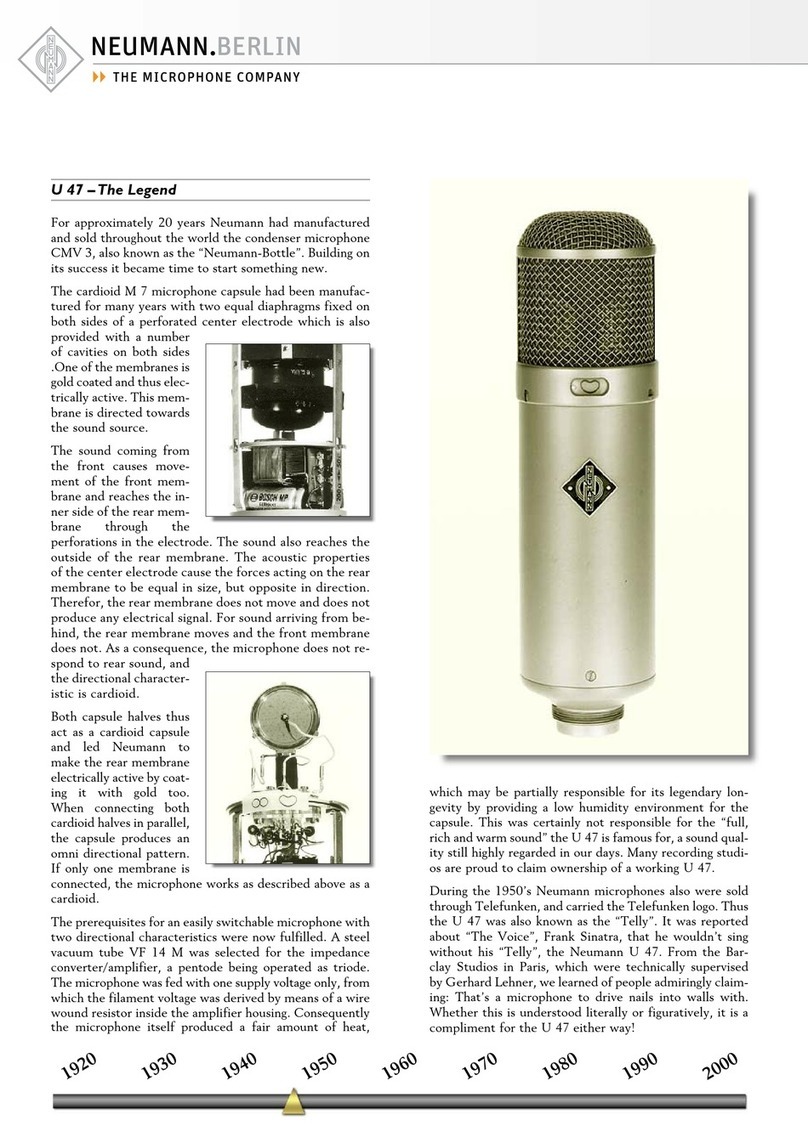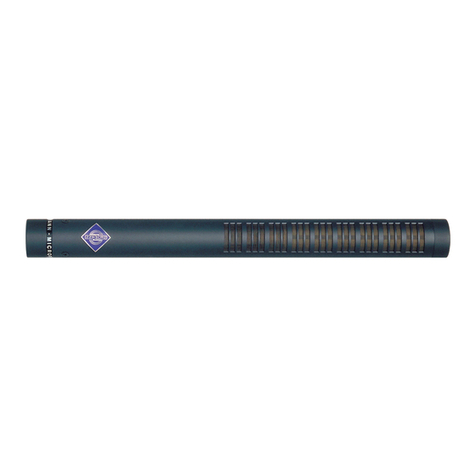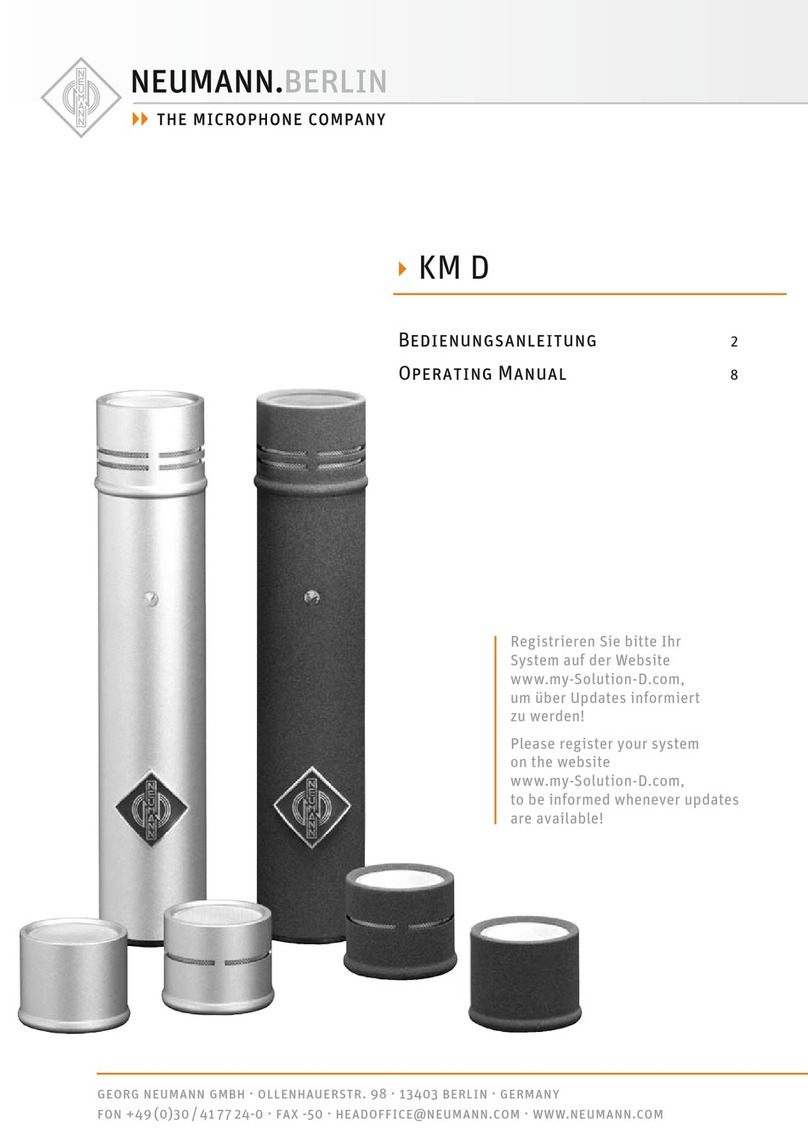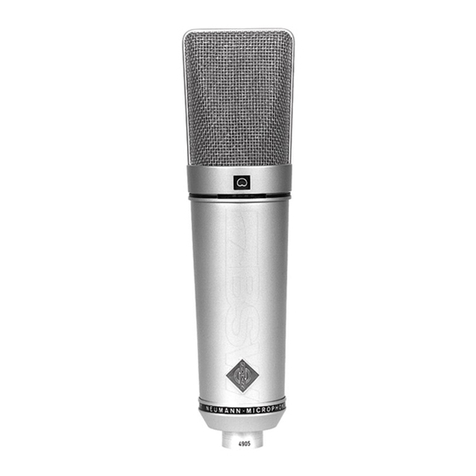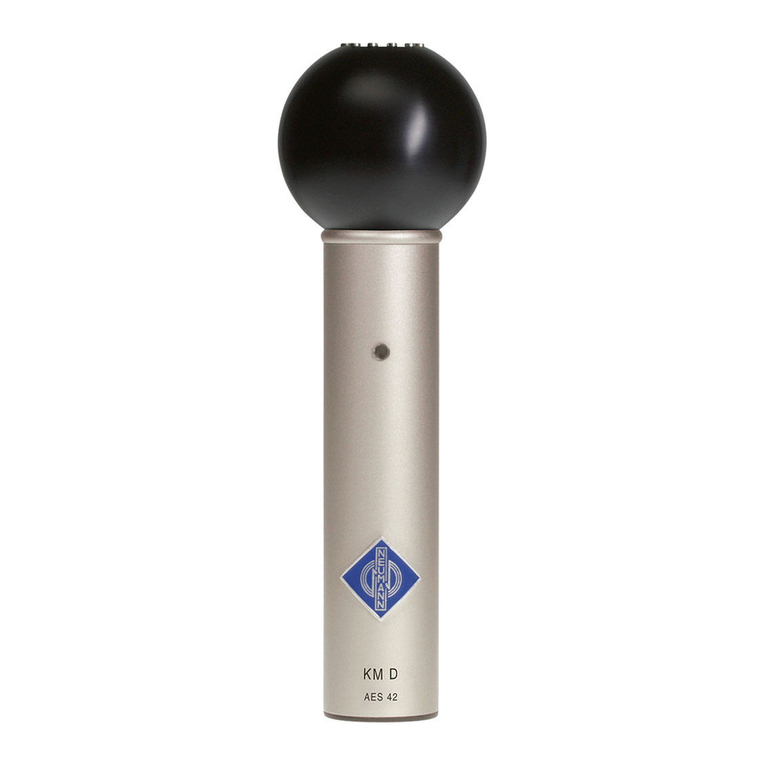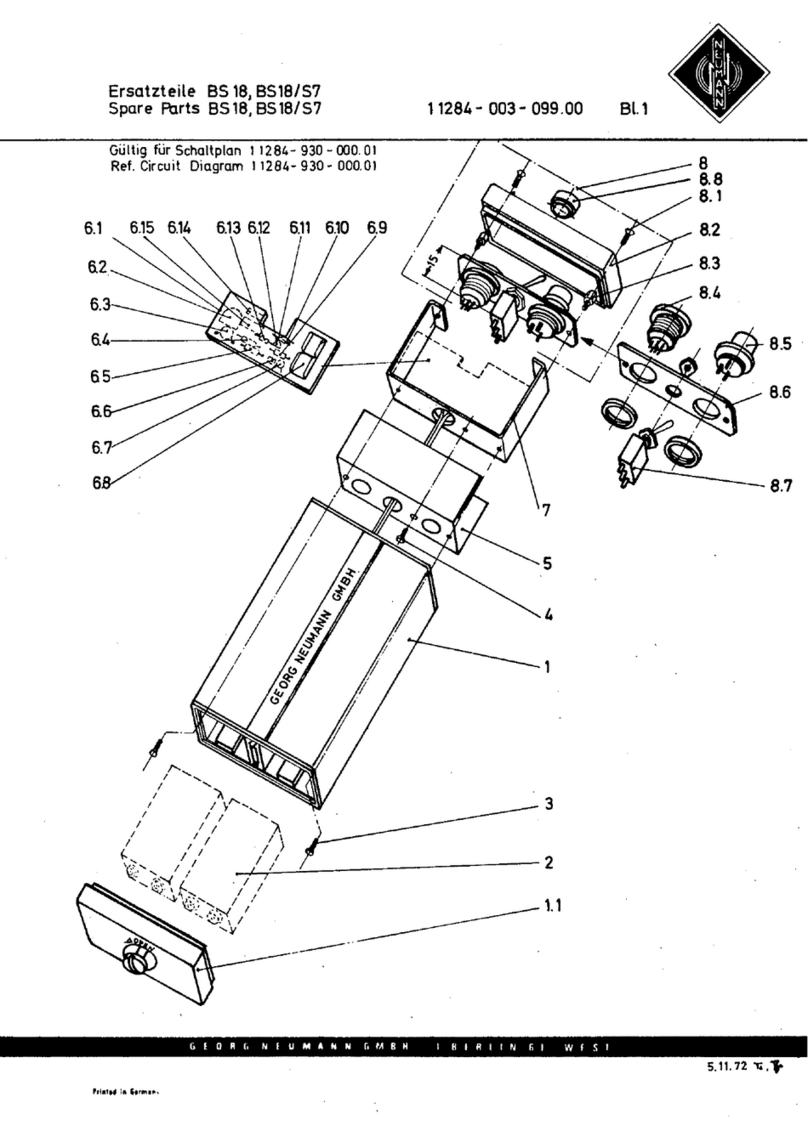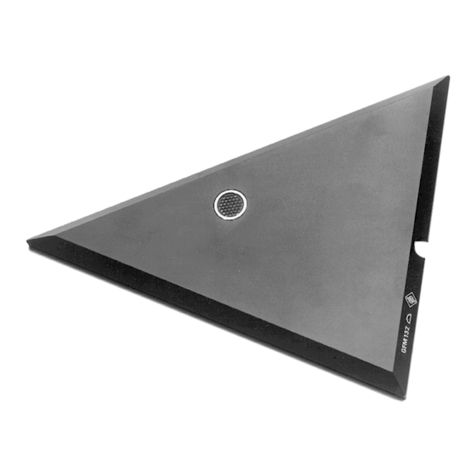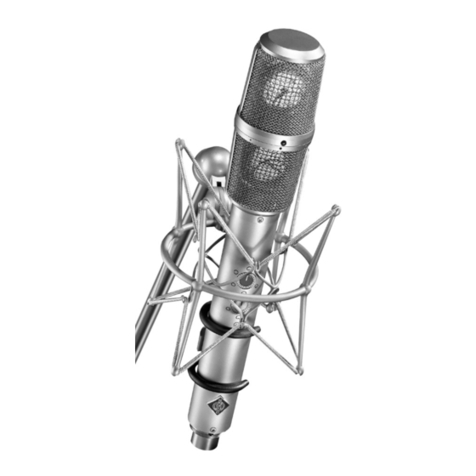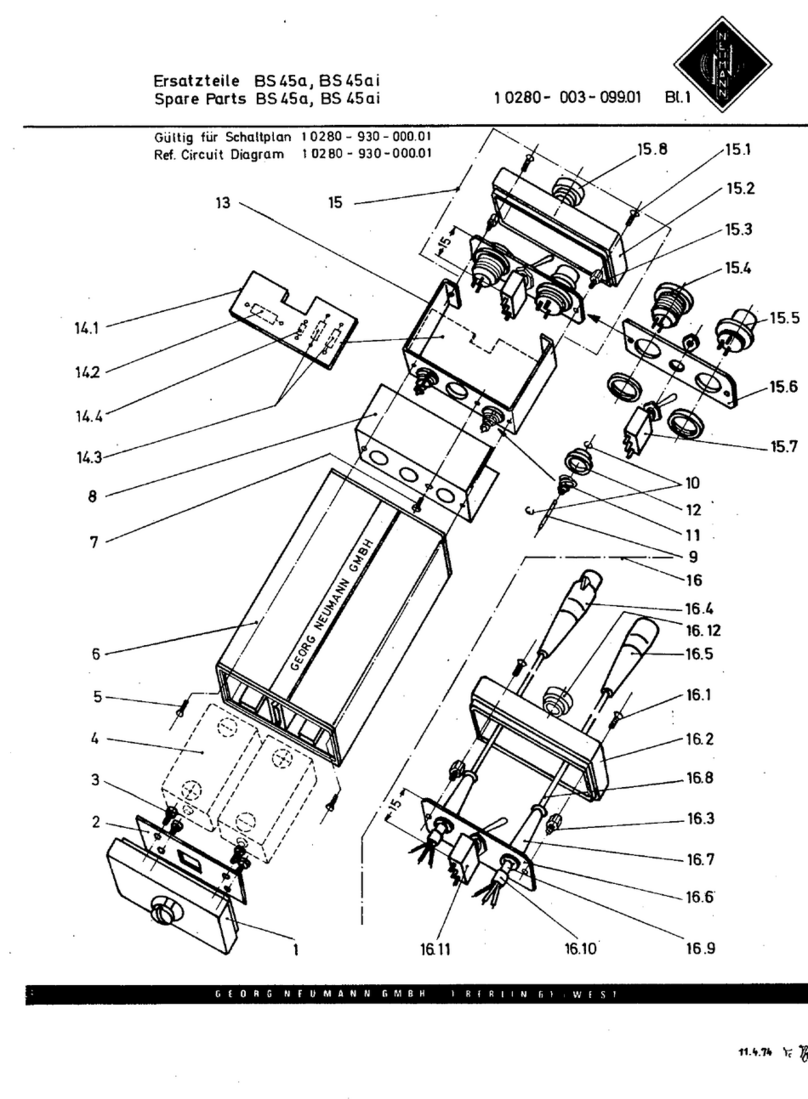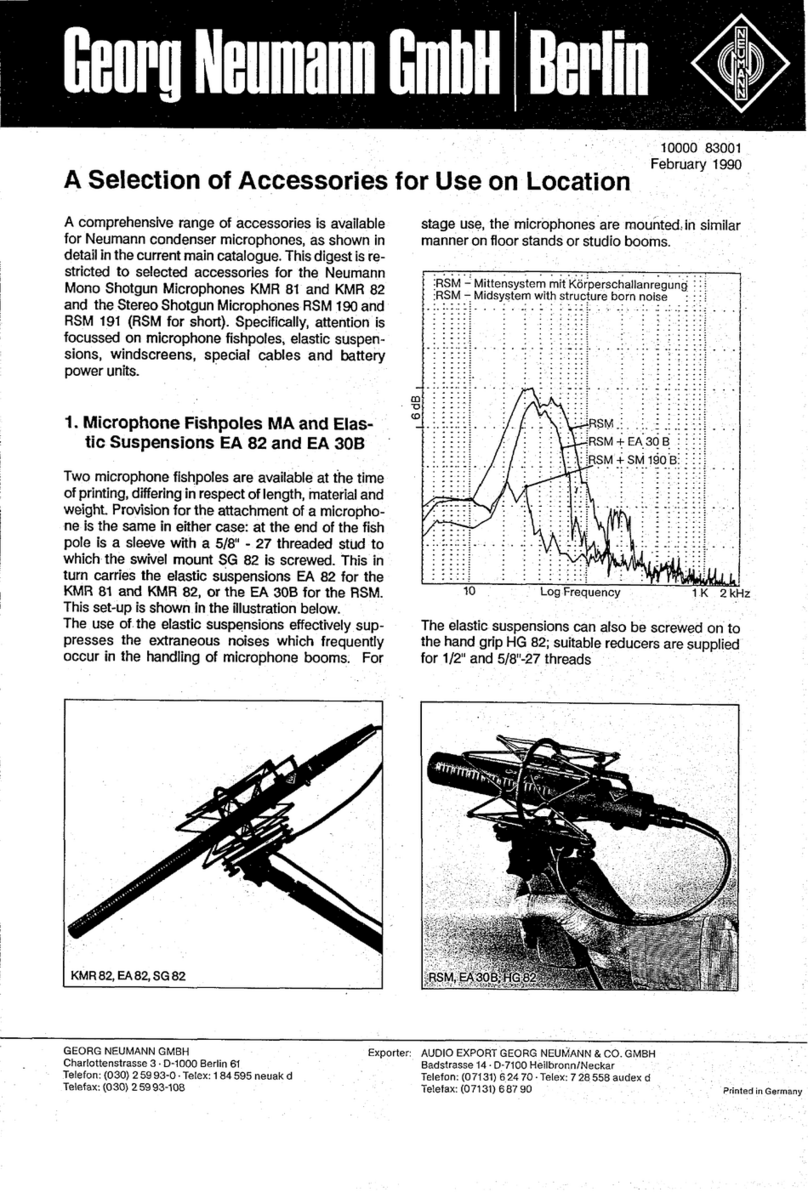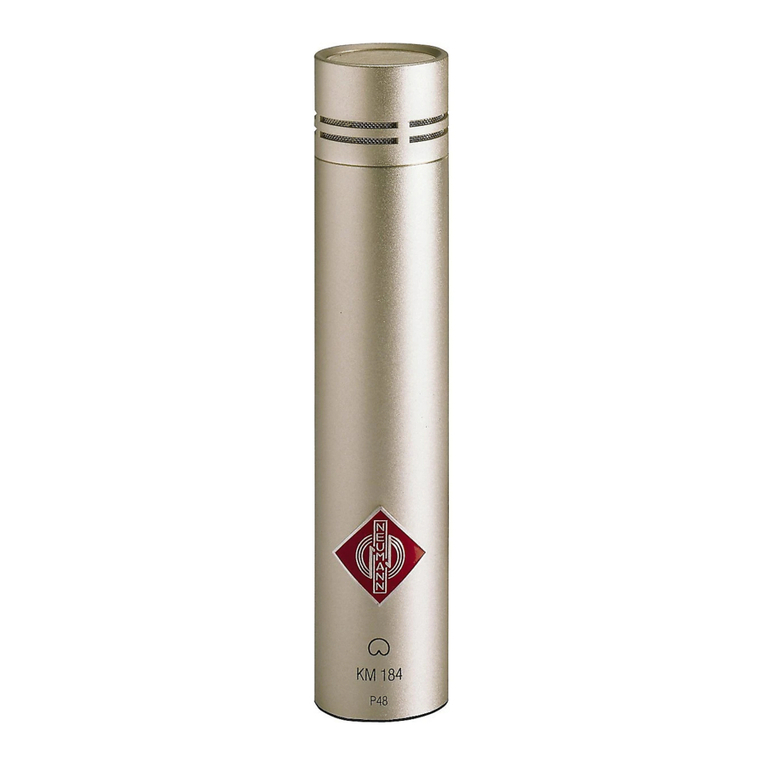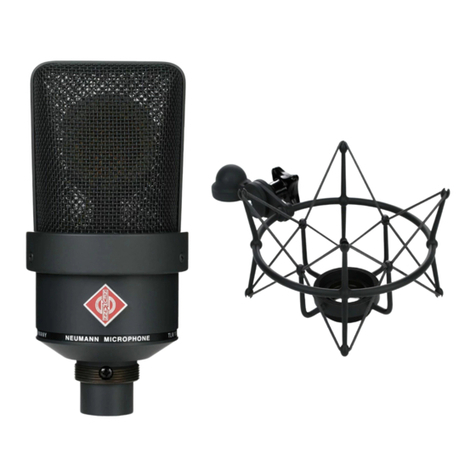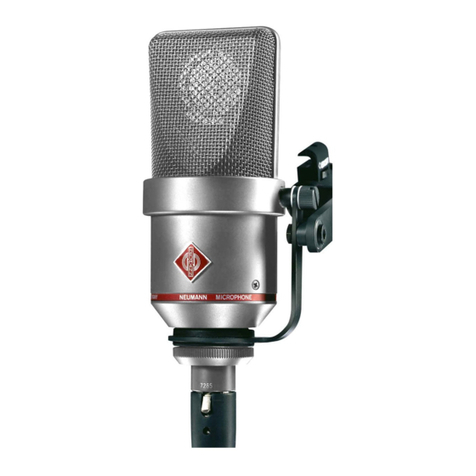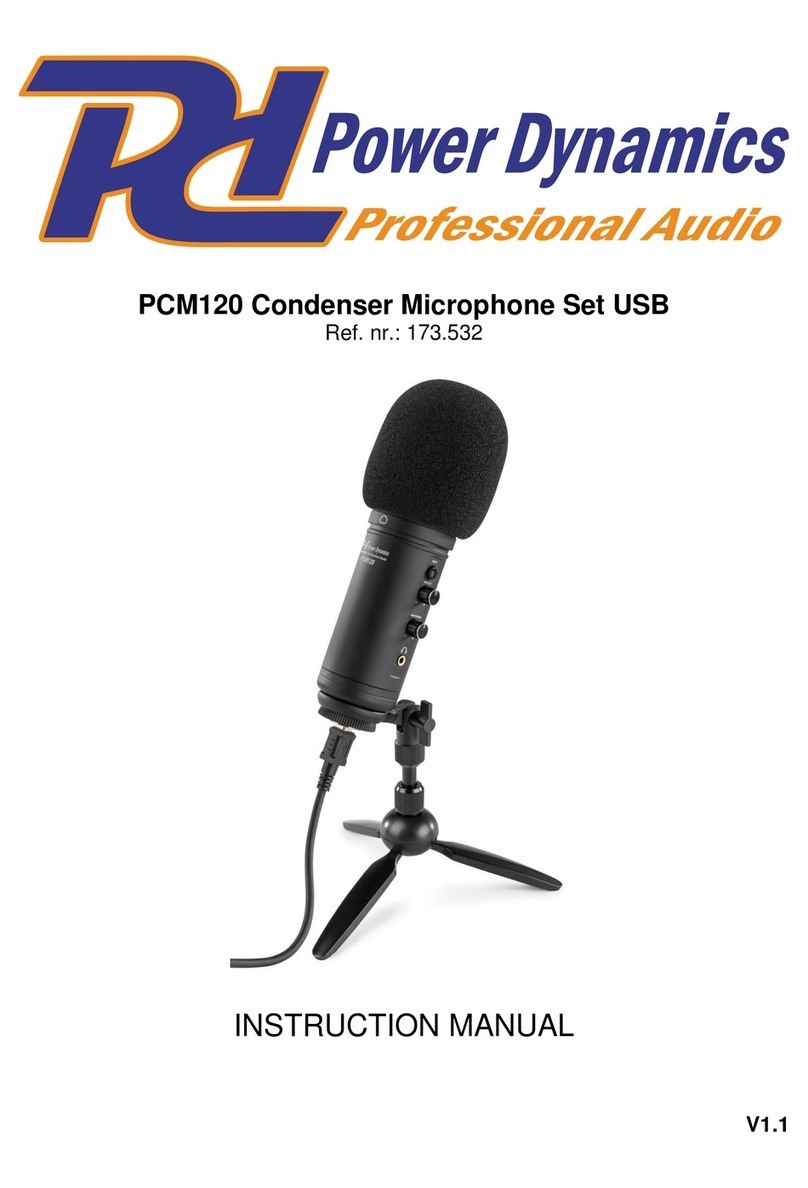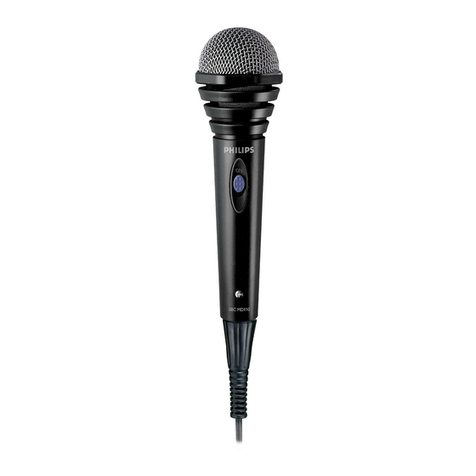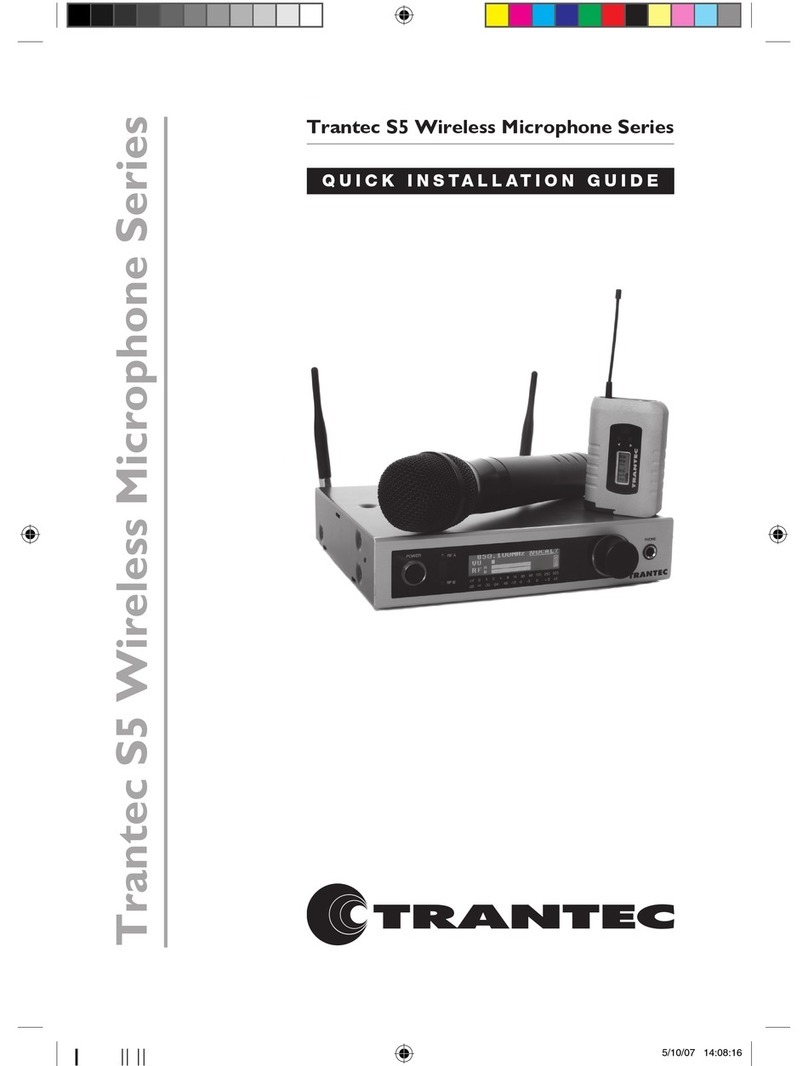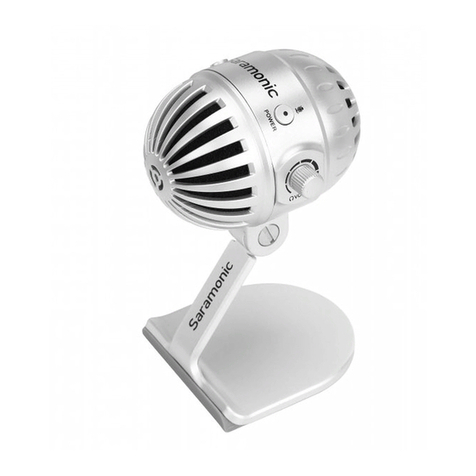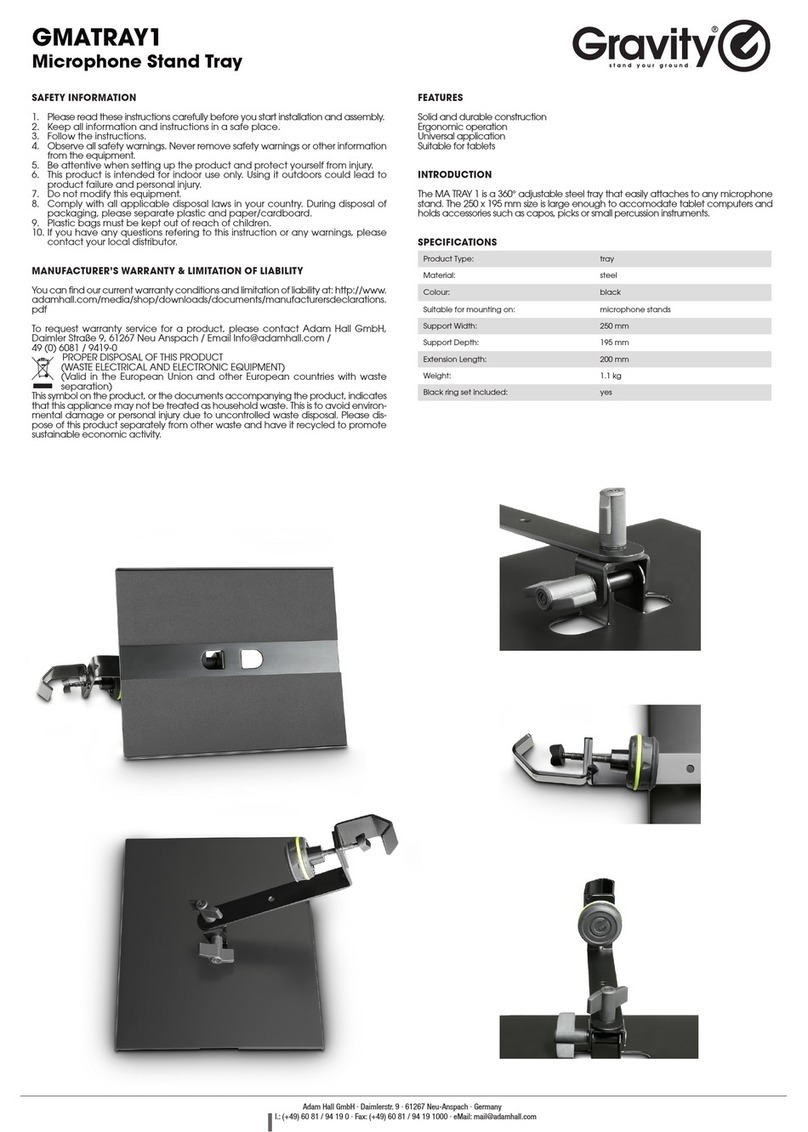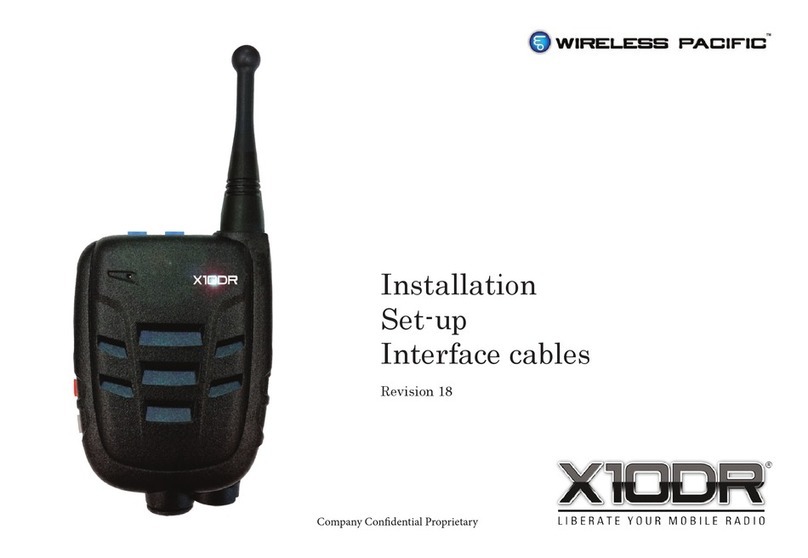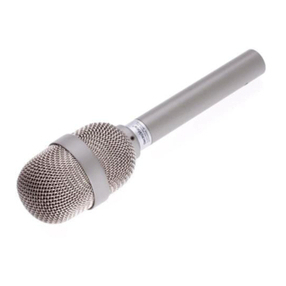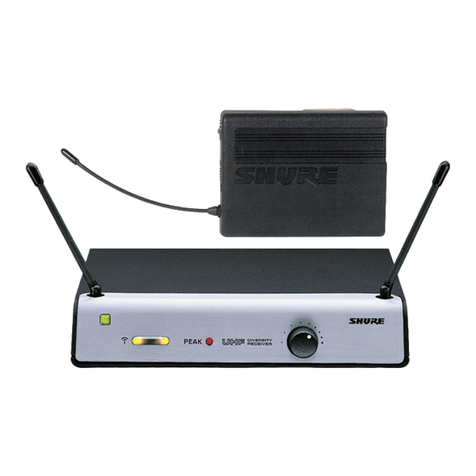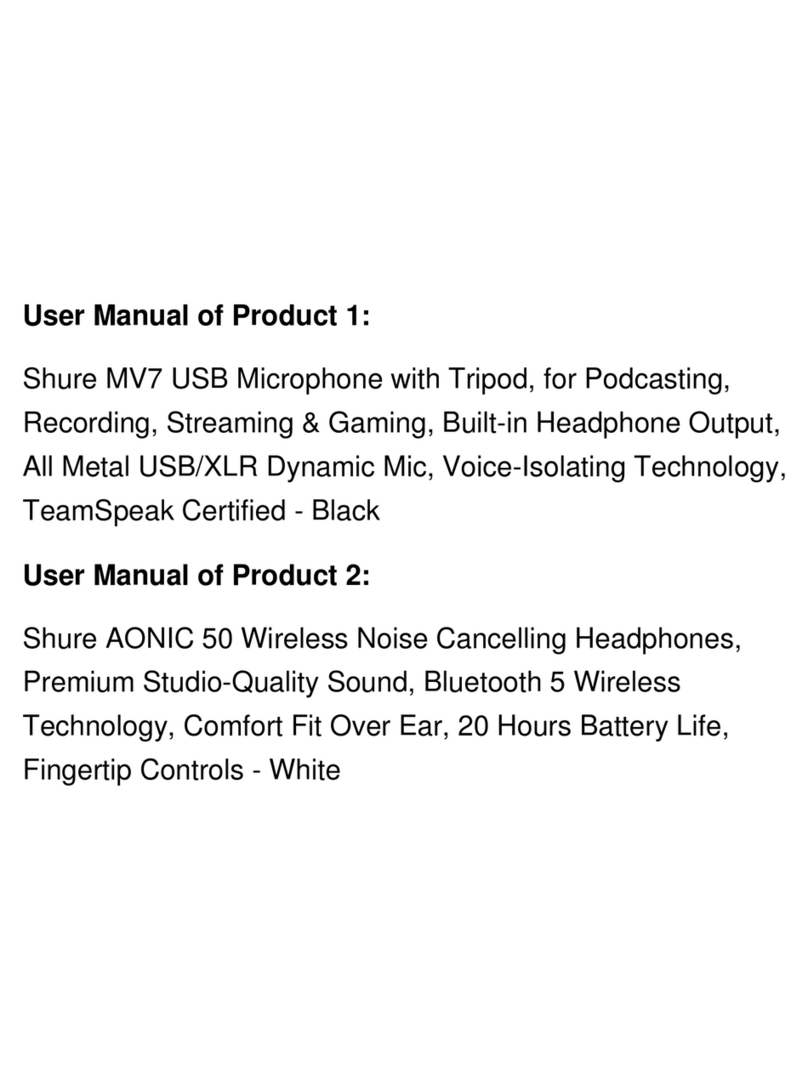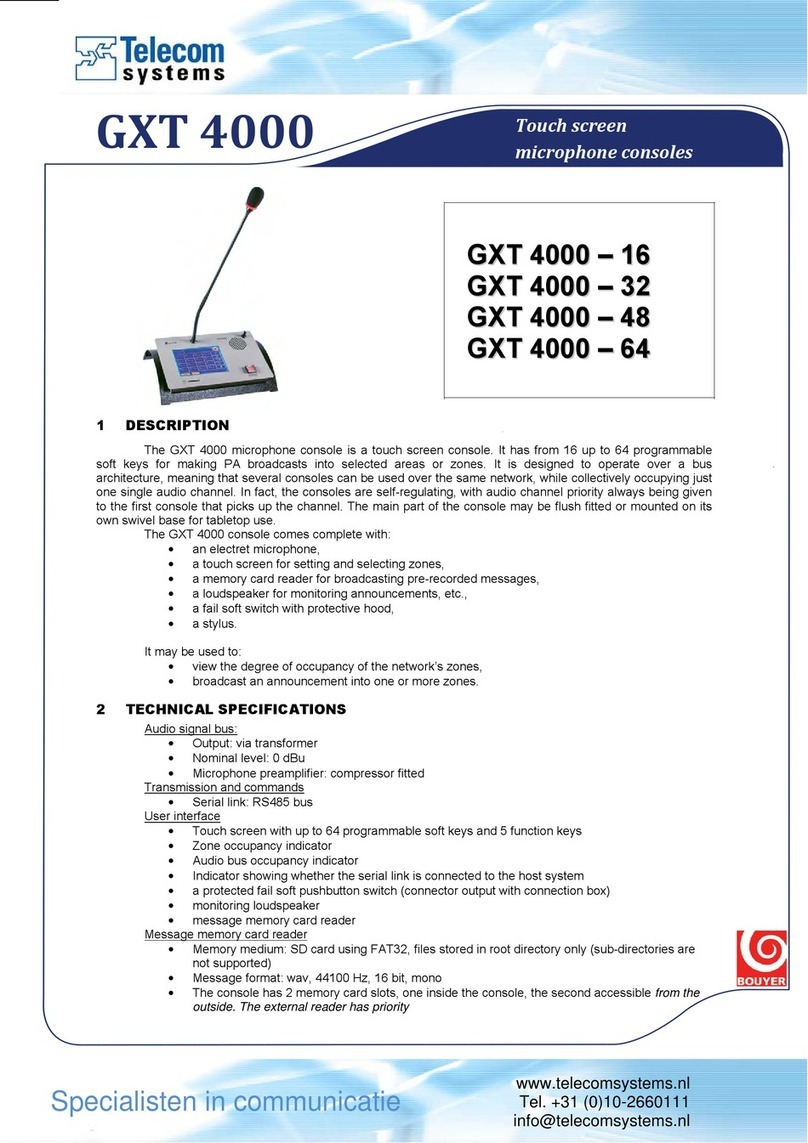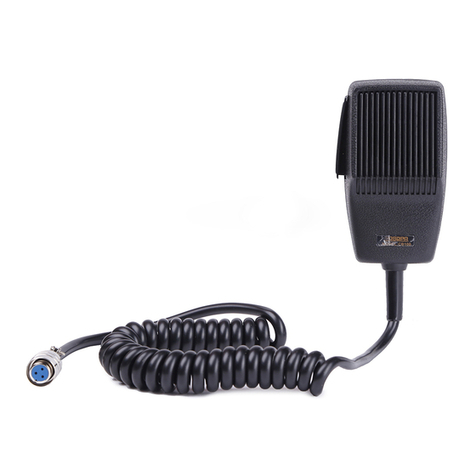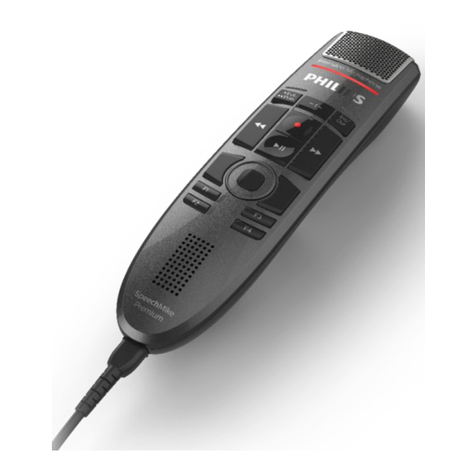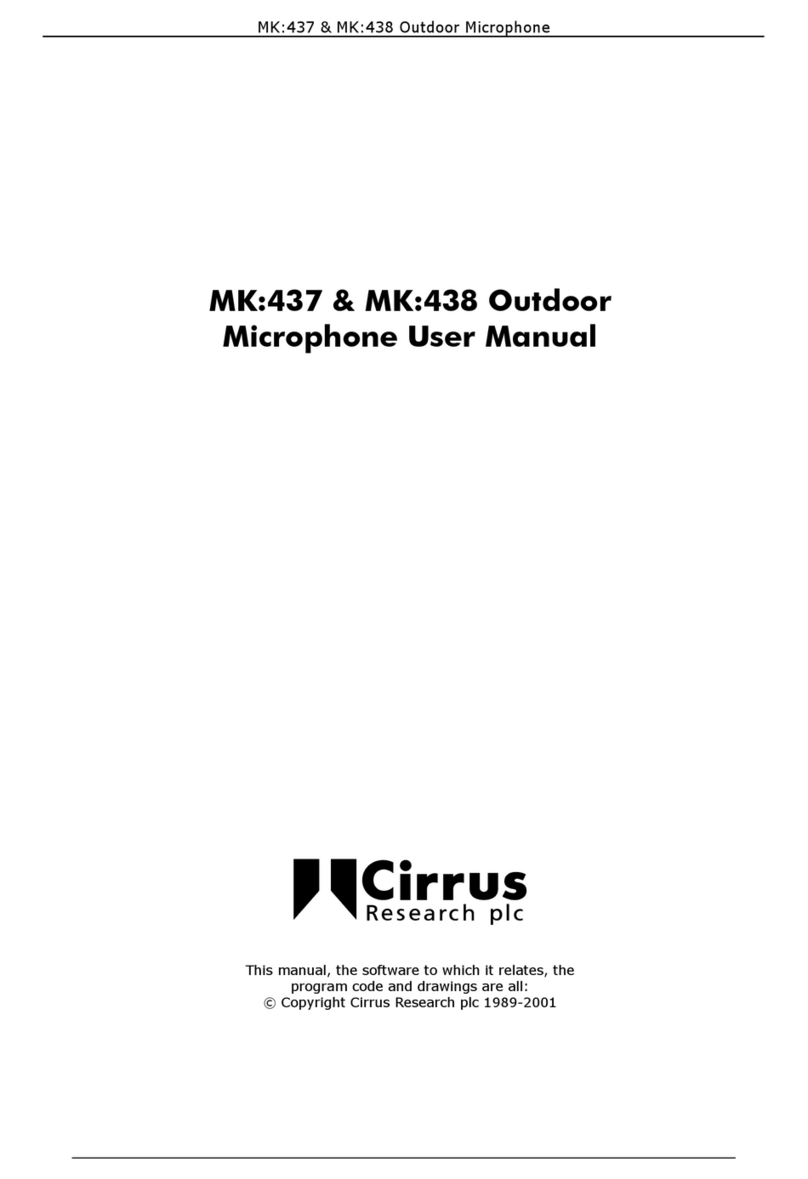
M 150 Tube
3
2. Das Kondensatormikrofon M 150 Tube
Das Kondensatormikrofon M150Tube ist ein trans-
formatorloses Röhren-Mikrofon, das insbesondere
als Stereo- oder Mehrkanal-Hauptmikrofon seinen
Einsatz findet (z.B. „Decca-Tree“).
Sein Name ist eine Reminiszenz an das früher von
Neumann gebaute Röhrenmikrofon M50, in dem
die gleiche besondere Kapselkonstruktion verwen-
det worden war. Im Gegensatz zu Druckmikrofo-
nen üblicher, d.h. zylindrischer, Bauweise ist beim
M150 Tube der Wandler bündig in die Oberfläche
einer Kugel mit 40 mm Durchmesser eingebaut. So
werden die speziellen akustischen Druckstau- und
Beugungsverhältnisse einer Kugel ausgenutzt:
Dies sind z.B. ein besonders sanfter Anstieg in den
Druckstaubereich sowie ein mit steigender Frequenz
sehr gleichmäßiger Anstieg des Bündelungsmaßes.
Infolge des Kugeldurchmessers beginnt der Druck-
stau vor der Membran bei frontalem Schalleinfall
bereits bei ca. 1000 Hz, erreicht aber für hohe Fre-
quenzen nur Werte von maximal 6 dB. Dagegen kann
der Druckanstieg bei zylindrischen Druckempfän-
gern 10 dB betragen.
Auch die Variation des Schalldruckpegels in Abhän-
gigkeit vom Schalleinfallswinkel ist bei zylindrischen
Körpern größer (bis 20 dB) als bei einer Kugel (bis
15 dB). So besitzt das M 150 Tube im oberen Fre-
quenzbereich ausgeglichenere, fast einem Druckgra-
dientenmikrofon vergleichbare Richteigenschaften,
bietet aber als Druckempfänger ein bis zu tiefsten
Frequenzen lineares Übertragungsmaß.
Die Metallmembran der Druckkapsel hat einen
Durchmesser von nur 12 mm und ist extrem dünn.
Dadurch wird ein besonders schnelles Einschwing-
verhalten erreicht.
Auf der Rückseite des Mikrofons befindet sich ein
–10 dB-Schalter und ein schaltbares Trittschallfilter
zum Absenken von Frequenzen unterhalb 40 Hz.
In Stellung „LIN“ verbleibt eine Grenzfrequenz von
16 Hz. Dadurch sollen im wesentlichen dem Mikrofon
nachgeschaltete Geräte vor unterhörfrequentem
Schall (z.B. starke Luftströmungen) geschützt werden.
Die –10 dB-Funktion wird durch Spannungsteilung
erreicht und sollte nur verwendet werden, wenn bei
sehr hohen Signalpegeln für nachfolgende Geräte
die Gefahr der Übersteuerung besteht. Der Schalter
erweitert nicht den Dynamikumfang des Mikrofons,
sondern verschiebt den Ausgangspegel um 10 dB
nach unten.
2. The M 150 Tube Condenser Microphone
The M150Tube is a transformerless tube micro-
phone. It is especially suited as main microphone
for stereo and multichannel recording (e.g. “Decca
Tree”).
It's name refers back to a former Neumann tube
microphone M50 which the same special capsule
design was incorporated. In contrast to pressure mi-
crophones of conventional, i.e. cylindrical construc-
tion, the transducer of the M150Tube is built flush
into the surface of a sphere 40 mm in diameter. In
this way, the special acoustic pressure build-up and
diffraction relationships of a sphere are exploited:
For example, a particularly smooth rise in the pres-
sure build-up range and a very even increase in
the directivity index with rising frequency. Result-
ing from the diameter of the sphere, the pressure
build-up begins in front of the diaphragm with fron-
tal sound impingement already at some 1000 Hz,
but attains values of only 6 dB at the most for high
frequencies. In comparison, the pressure rise may
amount to some 10 dB with cylindrical pressure
microphones.
In addition, the variation in the sound pressure level
in dependance of sound incidence is greater with cy-
lindrical bodies (up to 20 dB) than it is with a sphere
(up to 15 dB). Thus, in the upper frequency range,
the M150Tube possesses a more evenly balanced
directional characteristic which is almost compa-
rable with a pressure gradient microphone, while
at the same time offering as a pressure microphone
a bass response which is linear all the way down to
the lowest frequencies.
The metal diaphragm of the pressure capsule has
a diameter of only 12 mm and is extremely thin.
The result is seen in a remarkably fast transient
behaviour.
At the rear of the microphone is a –10 dB switch
and a switchable footfall filter for the attenuation
of frequencies below 40 Hz. In the position “LIN”,
a limit frequency of 16 Hz is made active. This is
mainly to protect the console inputs from the effects
of sub-audio noise (e.g. strong air currents).
The –10 dB function is effected by voltage division
and should be used only where the danger of over-
loading follow-on equipment with very high signal
levels is present. This switch does not extend the
dynamic range of the microphone, but shifts the
output level down by 10 dB.
















